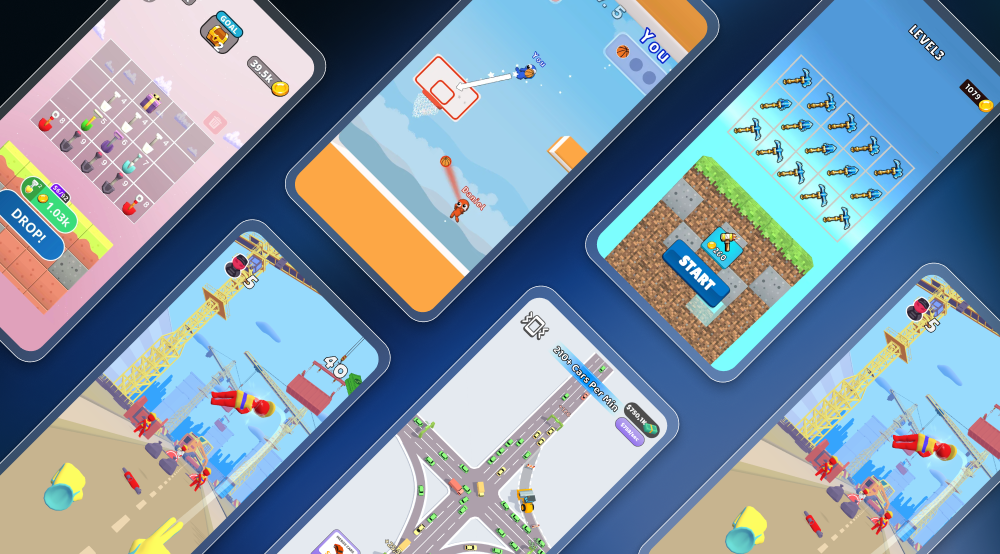Andrew Stone, President at Random Logic Games gives the lowdown on word games including best practices for monetization, user acquisition, and design.
Read on for edited highlights from Stone’s podcast:
Who is playing mobile word games?
“While women 25-40 are the target audience, word games have mass appeal and viral factor. We’ve seen word games chart into the top ten and even rank as number one game.”
Top geos for word game user acquisition
“In the last year, we mainly promoted our word games in the US, UK, Canada and Australia. We started buying UA worldwide and setting languages to English to see what would happen. In some cases, we found some pockets of inventory that seemed to monetize well, like Singapore and India, where most people speak english.“
Ads fuel the word game category
“Ad monetization has enabled larger companies to join the category. Today, most word games are mainly monetized through ads (meaning over 60% ads). Because in-app purchases aren’t a viable option for the word game category, I think that larger gaming studios stayed away from the genre for a long time. Yet, as the industry has shifted, ads are now fueling everything, and those larger developers are finally seeing the potential.”
Rewarded video is the bread and butter of word games
“We show a lot of ads in many formats - interstitials, banners, and rewarded video. Definitely don't sleep on the good old banner, it’s a really important ad unit!
Since 15 to 30 second videos work really well, we're always buying portrait video, either through interstitial or rewarded video. Our bread and butter is rewarded video, which has been an amazing ad unit for us.”
Optimizing and testing ad formats
“Since our games are monetized purely with ads, optimization is critical for us. We have to be paid top dollar for the ads that we show.
There are many ways we optimize ad formats. For example, we do tons of A/B testing on the reward generated from rewarded video.
In addition, we’ve tested people’s tolerance to interstitials. We completely removed interstitials from the game for a segment of users and tested the impact on retention among other things. Meanwhile, we simultaneously blasted another segment of users with interstitials. Believe it or not, we found that a healthy and reasonable balance of interstitials is better than not showing interstitials at all.”
Showing competitor ads
“Since we're going to be paid top dollar from showing ads that are most similar to our game, we have no issue showing ads for competitors’ games.
The word category has a very targeted audience, so if we were to block all of our competitors we would likely get a much lower CPM for our ads. Not to mention that we would have to rely on games in other categories to help us monetize, which is not likely to perform well.
Plus, this is not a zero-sum game. Players who play word games are playing and downloading tons of them. So ultimately, we are fine to show competitor ads.”
Word trends
“In Q4, we saw a huge rise of narrative and animation based words games. Word Story is a strong example of this, which is currently ranking in the top 10. It’s awesome to see people taking new creative approaches and finding success.
Word Story comes from a Chinese gaming studio, which reflects another major trend - Asian companies entering the category. Things are really taking off there.”
Want to learn what goes into making the world’s most popular games? Subscribe to LevelUp to never miss an update.




